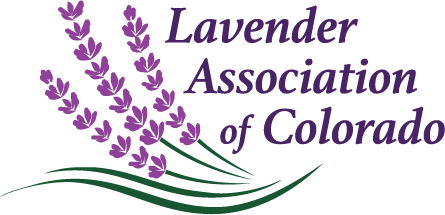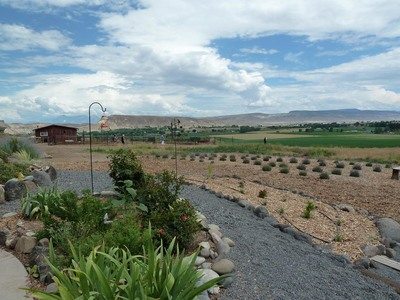
Question everything I say and seek further information if what I present raises questions in your mind. In a study from the Egyptian Journal of Horticulture, optimal yields of aerial parts of lavender were observed following fertilization with urea at 88 lb./ acre. The best yields of essential oil were observed following application of ammonium chloride (N source) at 44 lb/ acre (ElSherbany et al. 1997) Fertilizing is talked about in Lavender: The Grower’s Guide, The Lavender Lover’s Handbook and Dr. Swift’s excellent article Soil Preparation for Lavender.
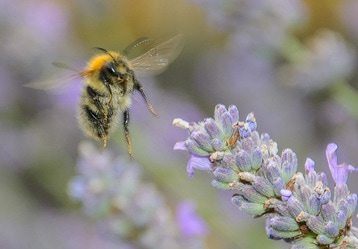
I visited an organic lavender farm last summer. About a half-mile down the road I knew I was close, as I could smell the fragrance wafting through the air. The rolling hillside was full of stunning, silvery-green and purple lavender plants.
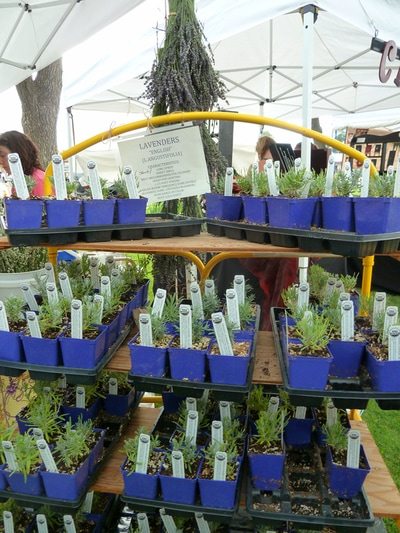
Lavender can be propagated by seed, layering or stem cuttings. We recommend using stem cuttings or layering because you can guarantee your new plants will not be a hybrid version caused by cross pollinating.
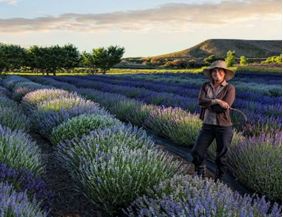
Sage Creations Organic Farm www.SageCreationsOrganicFarm.com 970‐623‐9556 TIP 1: Lavender needs full sun; a minimum of 6 to 8 hours. TIP 2: Lavender does not like “wet” feet, so give it a good soak and then let the plant go dry. If your soil is heavy and slow to drain, create a hospitable place for lavenders by […]

